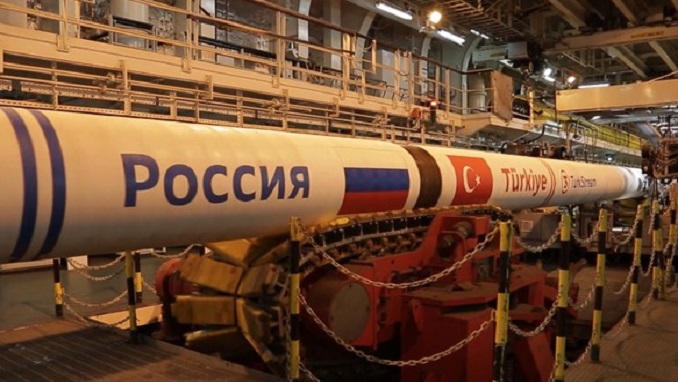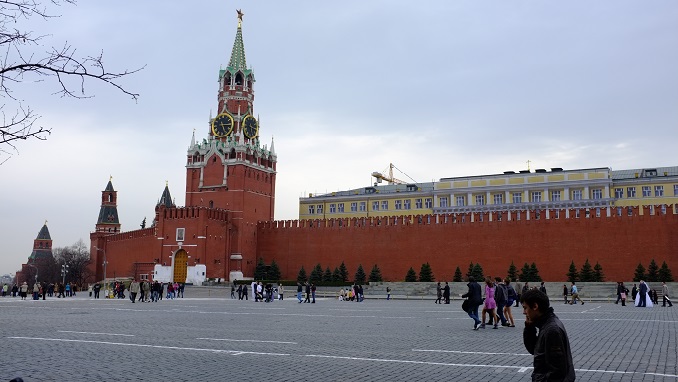WHO provided a generator with assistance from the European Union to a hospital in Dnipropetrovsk, a press release states.
In spite of persistent attacks on the nation’s energy infrastructure, the generator aids in keeping the hospital open and saving lives. Since February 24, WHO has distributed 59 generators and more than 2000 tonnes of life-saving medical supplies around the nation in collaboration with the Ministry of Health (MoH).
The MoH in Dnipropetrovsk has authorized WHO to donate a car to a mobile interdisciplinary community-level team working in the field of mental health.
The vehicle will make it possible for mental health specialists to help persons with serious mental illnesses and depression in their homes or other public places.
After a round of missile attacks on Kyiv on November 23 damaged crucial infrastructure, 70% of the city lost power and had no piped drinking water supply. The mayor claims that the left bank of the city has already had its water supply restored. At the end of November, more than half of Ukraine’s consumption needs had been met by power producers. The timetable for restoring the complete power supply is not yet known, though.
The Zaporizhzhya Nuclear Power Plant (ZNPP) is dependent on its emergency diesel generators for the power it requires for reactor cooling and other crucial nuclear safety and security activities after losing access to external electricity due to recent intense shelling.
Additionally, Energoatom said that emergency protection was activated at the Rivne, South Ukraine, and Khmelnytsky nuclear power plants, resulting in the automatic disconnection of all power units owing to a fall in frequency in Ukraine’s energy system.
Heavy bombardment near and at the ZNPP plant was reported last week by the International Atomic Energy Agency (IAEA). IAEA experts claim that site management reported damage in a number of locations, including a building for radioactive waste and storage, sprinkler systems for cooling ponds, an electrical cable to one of the reactors, condensate storage tanks, and a bridge connecting a different reactor and its support structures. There were no reports of injuries, and radiation levels at the site remained normal.



